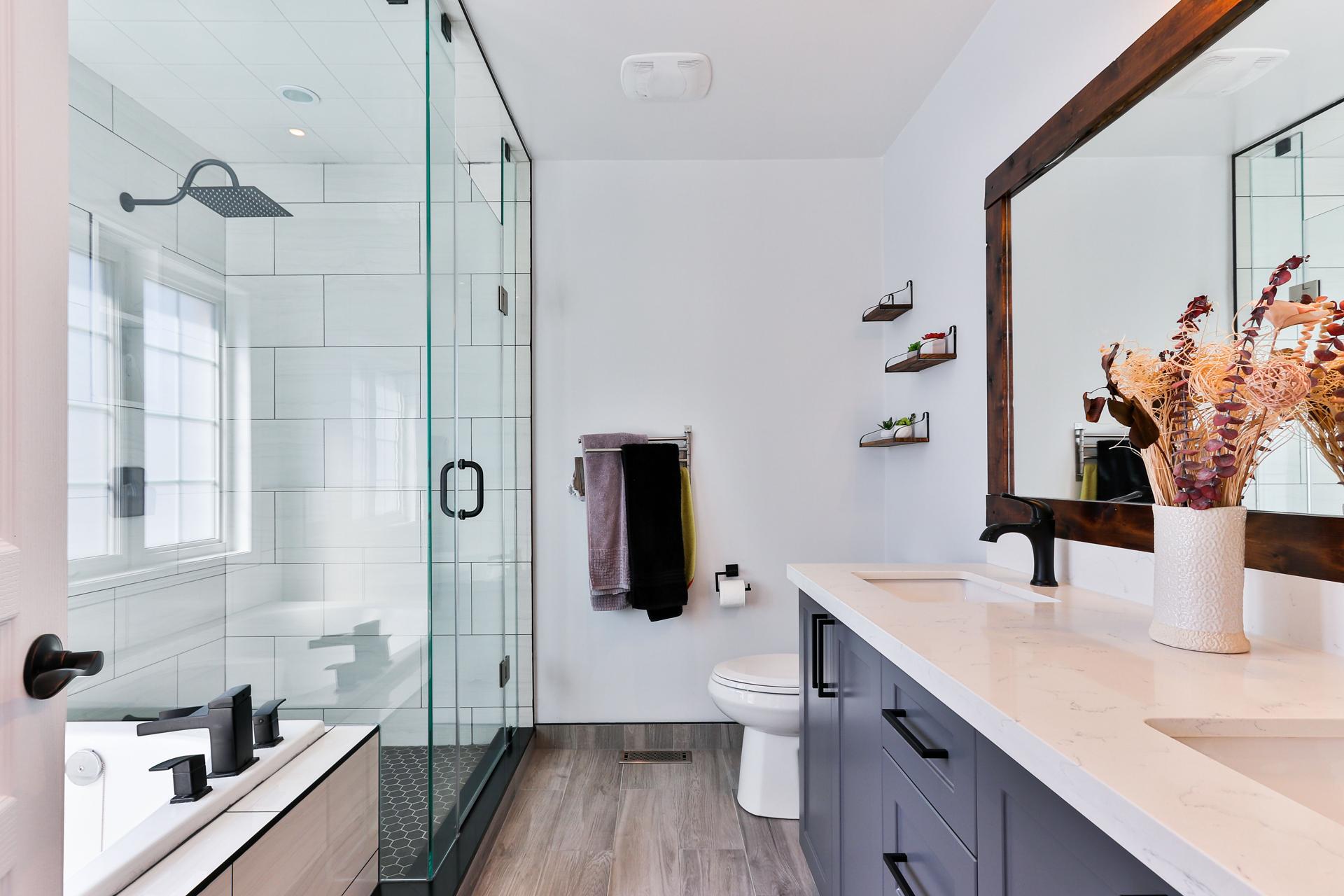Getting Started with Hot Water Plumbing: The Ultimate Starter Kit

Hot water plumbing is an essential part of daily life. We rely on hot water for a variety of reasons like showering, cleaning dishes, as well as doing laundry. In this post, we’ll give you a basic understanding of the way hot water plumbing functions.
The Basics of Hot Water Pipeline
The term "hot water plumbing" refers to the system that delivers hot water to different parts of a structure. It differs from cold water plumbing in that it involves heating water before it is distributed throughout the structure. The primary components of a hot-water plumbing system comprise the water heater, pipes fittings and valves. Water heaters are the primary element of a hot water plumbing system. It warms water and keeps it in storage until it is needed. The pipes transport the hot water from the water heater to fixtures, including showers and faucets. Valves are used to regulate how hot water flows while fixtures are used to disperse hot water to different parts in the construction.
Different types of hot Water Heaters
There are three primary types that hot water heaters are on the market including tankless, storage tank and heat pump water heaters. Tankless water heaters heat the water on demand and don’t store hot water. Storage tank water heaters store hot water in tanks until it is required. Water heaters with a heat pump use electric power to transmit heat through the ground or the air to heat the water. Each type of hot water heater comes with its advantages and disadvantages. Tankless water heaters use less energy and have a longer life, but they are more expensive. Tank water heaters for storage are more affordable, however they have a shorter life span and are not as energy efficient. Water heaters with heat pumps are the most energy efficient, however they may not be suitable for colder climates.
Maintenance of Hot Water Pipes
Regular maintenance is essential for ensuring that your hot-water plumbing system functions well and effectively. A few tips to maintain a hot water plumbing system include checking for leaks and flushing the tank or replacing anode rods. Checking for leaks is essential to prevent water damage and to make sure that the hot water plumbing system isn’t wasting water. Flushing the tank removes sediment and mineral buildup, which could reduce the effectiveness that the heater is able to provide. The anode rod is constructed to prevent corrosion and should be replaced every couple of years.
Troubleshooting Plumbing Issues with Hot Water
Common problems that arise with hot water plumbing systems include a lack of hot or hot water or low water pressure. If you are experiencing a lack of hot water, it could be caused by malfunctioning heating elements or a malfunctioning thermostat. A low water pressure could be the result of a blocked pipe or valve. If you are experiencing any of these issues, it is recommended that you consult a professional plumber to diagnose and repair the problem.
Conclusion
Knowing the way that hot water plumbing functions is crucial in ensuring that the hot water system is functioning correctly and efficiently. Routine maintenance as well as troubleshooting is important to avoid problems and extend the life of your hot water plumbing system.
Hot Water Plumbing FAQ
How long does the lifespan of a hot water heater?
The life span of hot water heaters is contingent on the model and type. On average, a storage tank water heater lasts 8-12 years, while tanksless water heaters can last up to 20 years.
How can I tell if the hot water heater in my home needs replacing?
Signs that your hot-water heater is in need of being replaced are corrosion or rust in the tank. Other signs include leaks, strange noises, and a lack supply of hot water. If you experience any of these issues it is recommended you speak with a professional plumber.
